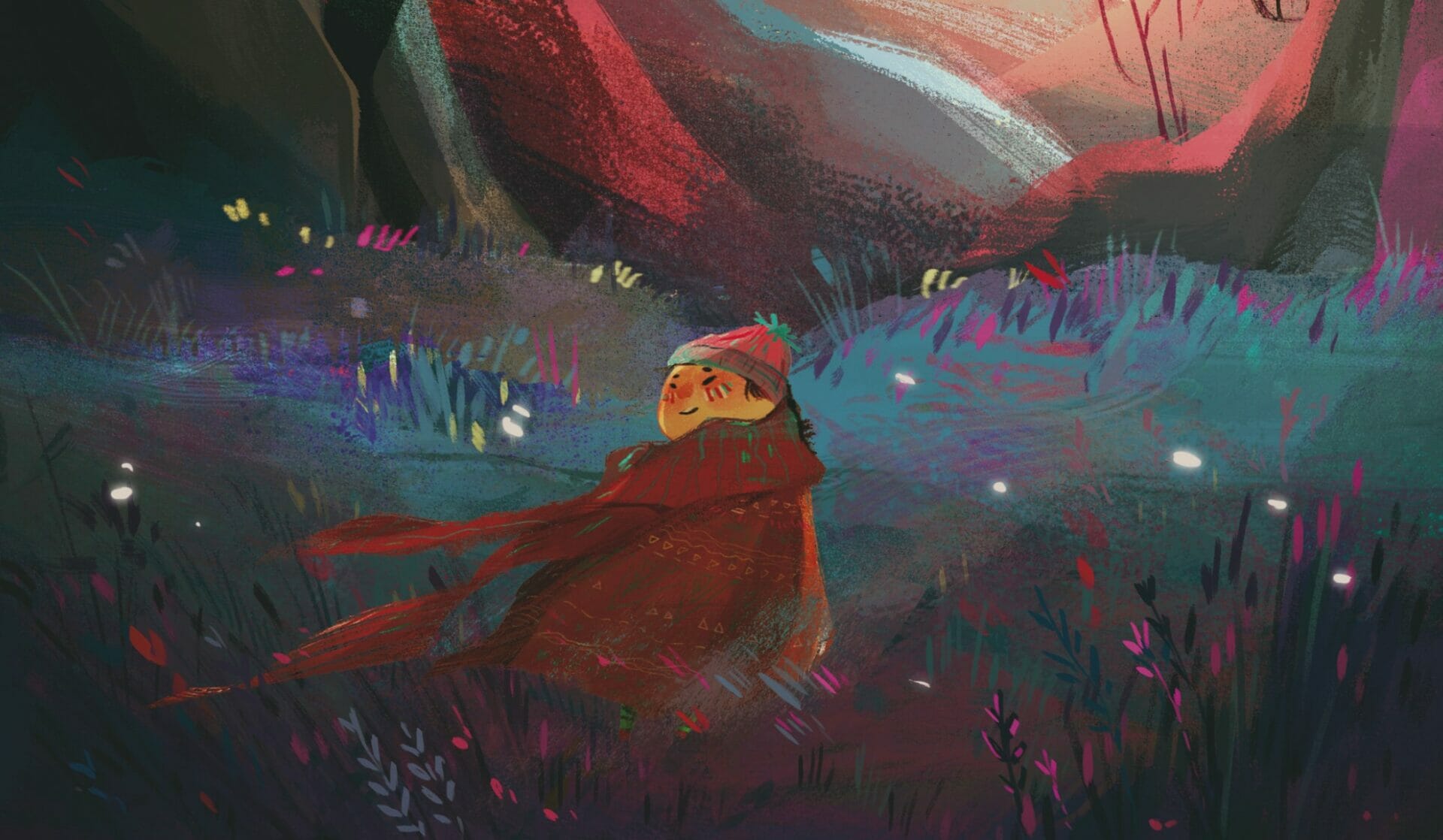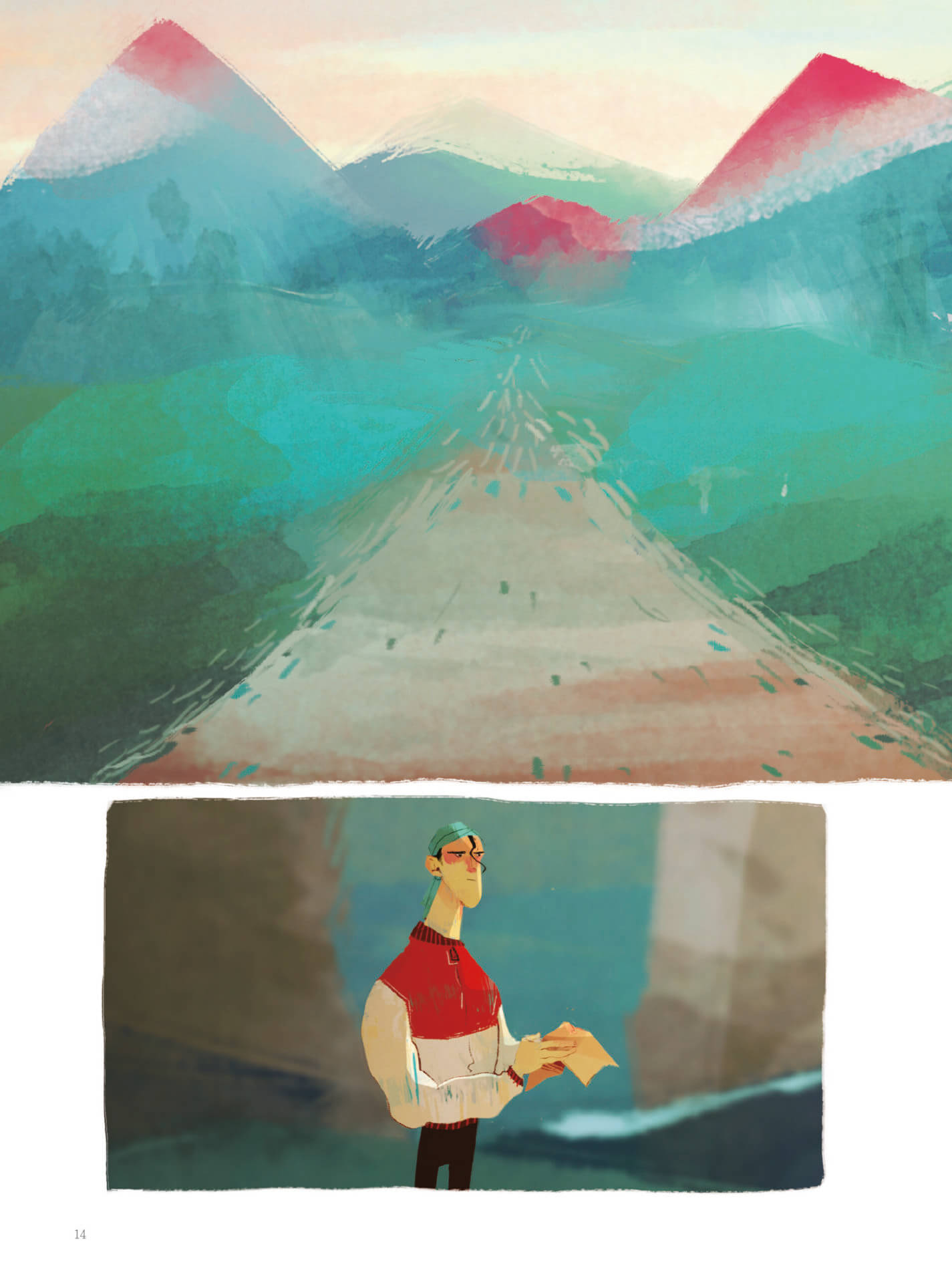
The Little Drifter | The discovery of belonging
Author
Year
Length
Genre
“Not all those who wander are lost”, quotes Gandalf in The Fellowship of the Ring. And it is around this theme – the wandering – that illustrator Crystal Kung’s first published work, The Little Drifter, revolves. Today’s world can feel chaotic and unfamiliar, and navigating it comes at the price of losing something along the way. May it be memories or goals, a starting point or a destination, or even one’s identity. At such times nothing feels more welcome than a light in the dark, to guide wayfarers back home through the discovery of belonging.
The peculiar protagonist of this graphic novel represents said light. A young boy emerging from the crowd to offer a sense of belonging to those who feel at loss, even if he himself is tied to no place in particular. Debuting in 2016 and becoming a gem of its kind, The Little Drifter takes the reader on a journey that is both autobiographical and of self-discovery, hand in hand with a mysterious chaperone. It won the Taiwan Golden Comic Awards for Best New Talent in 2017 and the publishing house BAO Publishing printed it in Italian in 2018.

Mute narration in The Little Drifter
Kung’s personal style of storytelling stands out for its complete lack of words. No dialogue, no onomatopoeias, no sounds whatsoever in the colorful world that unfolds before the reader’s eyes with every page. The only context given before each of the six stories is a title, a brief quote and a location. Leaving nothing but images.
Different places and different characters, unique in their personal research and yet all with something in common. From the biker lost in the Tibetan mountains to the portrait artist struggling to stand out in Central Park. From the young girl looking for the key to freedom in Taipei’s streets to the elderly man yearning for forgotten reminiscences under Shanghai’s rain. All of them are wanderers who have lost their way in a world that feels both strange and familiar. Their stories speak through gestures, gazes and memories, a natural language without the need for words. It is thanks to the absence of such a barrier that these tales manage to speak to the soul, therefore conveying a message that is universal in its simplicity. That every place can be a home to the wanderer.
Animated, not illustrated
The role of the visuals is key in any narration, even more so when it comes to a silent book. It is up to the images to shape the universe of the story. To give a personality and a voice to the characters, to carry on the intimate dialogue with the reader. In The Little Drifter, a unique use of colors and panels achieves this. Far more similar to the frames of an animated movie than to the still grids of a comic. An unexpected influence due to the author finding inspiration in the medium of animation.
The ever-changing composition and the blurred outlines contribute to the dreamlike feeling that permeates the whole novel. An alternation of extremely long shots and close-ups, tied together by a string of harmonious bright tones, as if seen through the eyes of a child. Or the camera lenses of Wes Anderson’s pastel-colored cinematography in Grand Budapest Hotel.

The ever present guide
The guiding thread between each chapter is the little vagabond himself. A smiling child who appears out of nowhere to come in aid of those who are lost. A boy who plays the role of deus ex machina in a way that is nothing short of magical. Throughout the read, his reassuring innocence is a source of comfort for the characters and the reader alike. The mystery surrounding him reminds both of Momo and Le Petit Prince, with their characteristic wisdom that goes beyond the reasonings of adults.
A self-projection of the author that leads the reader through all the cities Kung visited during her life. And just how she discovered her own identity through traveling, the little drifter is ready to guide wanderers back to their true selves.
Tag
Buy a ☕ for Hypercritic








